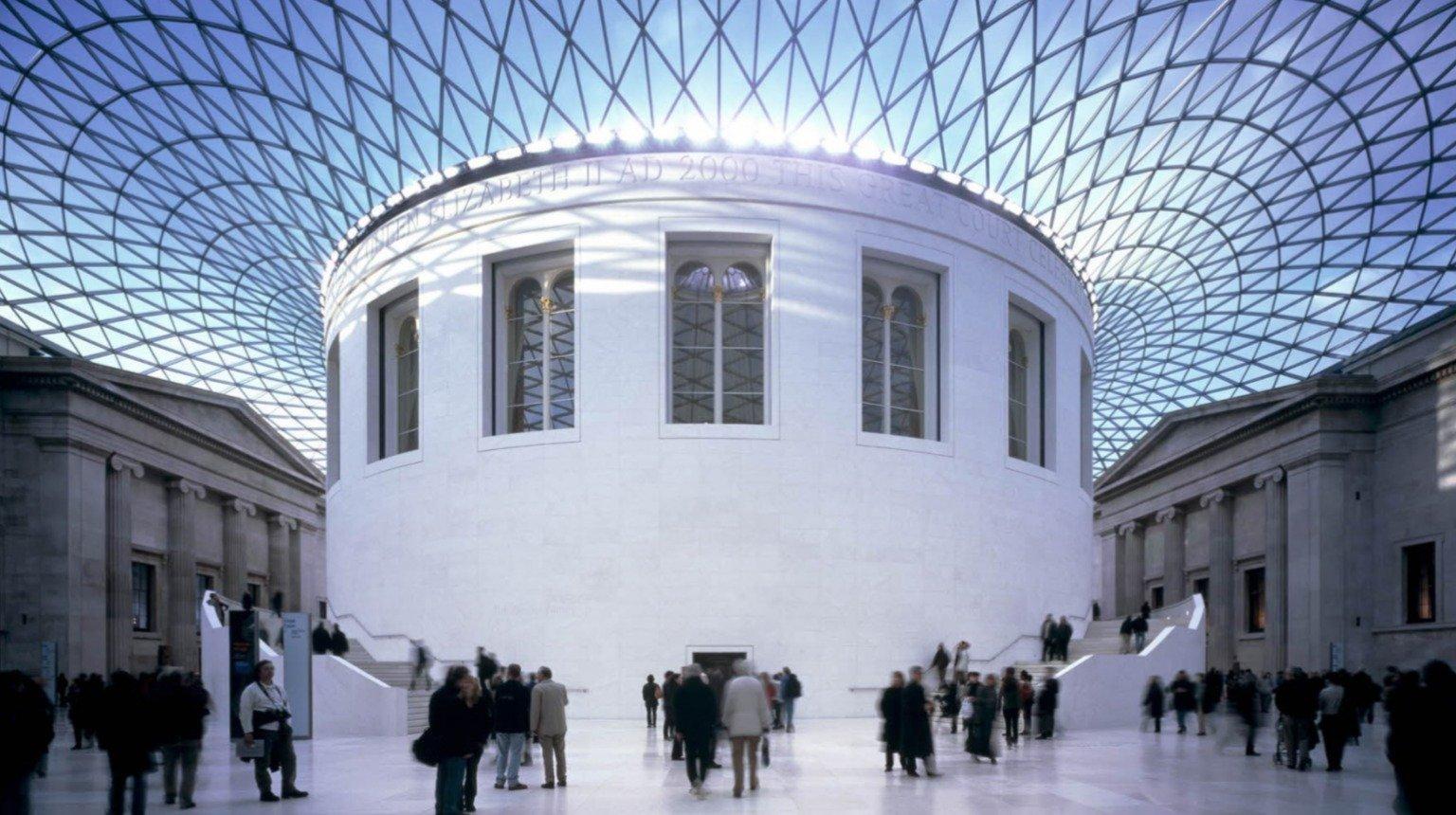
This is the earliest known example of a Mughal painting, which has been described by J.M. Rogers as 'a variety of Islamic painting practised in India principally in the 16th and 17th centuries'. The painting is in colours and gold on fine cotton fabric. What has survived of the picture depicts a ruler seated in a garden pavilion and wearing Central Asian dress. He is flanked by two servants and faces a visitor. To either side of him are courtiers and nobles and, in the background, servants. The missing foreground probably depicted dancers and musicians performing a courtly entertainment. The central figure is believed to be Humayun (1508-56), the second Mughal Emperor; many of the heads were repainted to depict later Mughal rulers, creating a genealogical scene.
More information
Title of artwork, date
Princes of the House of Timur, c. 1550–1555
Date supported
1912
Medium and material
Gouache & gold on cotton
Dimensions
108.3 x 106.9 cm
Gifted by
Anonymous

Get a National Art Pass and explore British Museum
You'll see more art and your membership will help museums across the UK
National Art Pass offers available at British Museum
Art Funded by you FAQs
Contact us
If you have a question about a work of art in our archive, please contact the Programmes team. We’ll be happy to answer your enquiry.